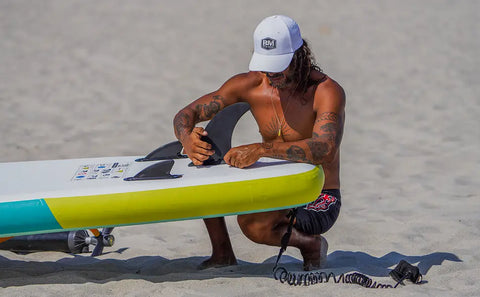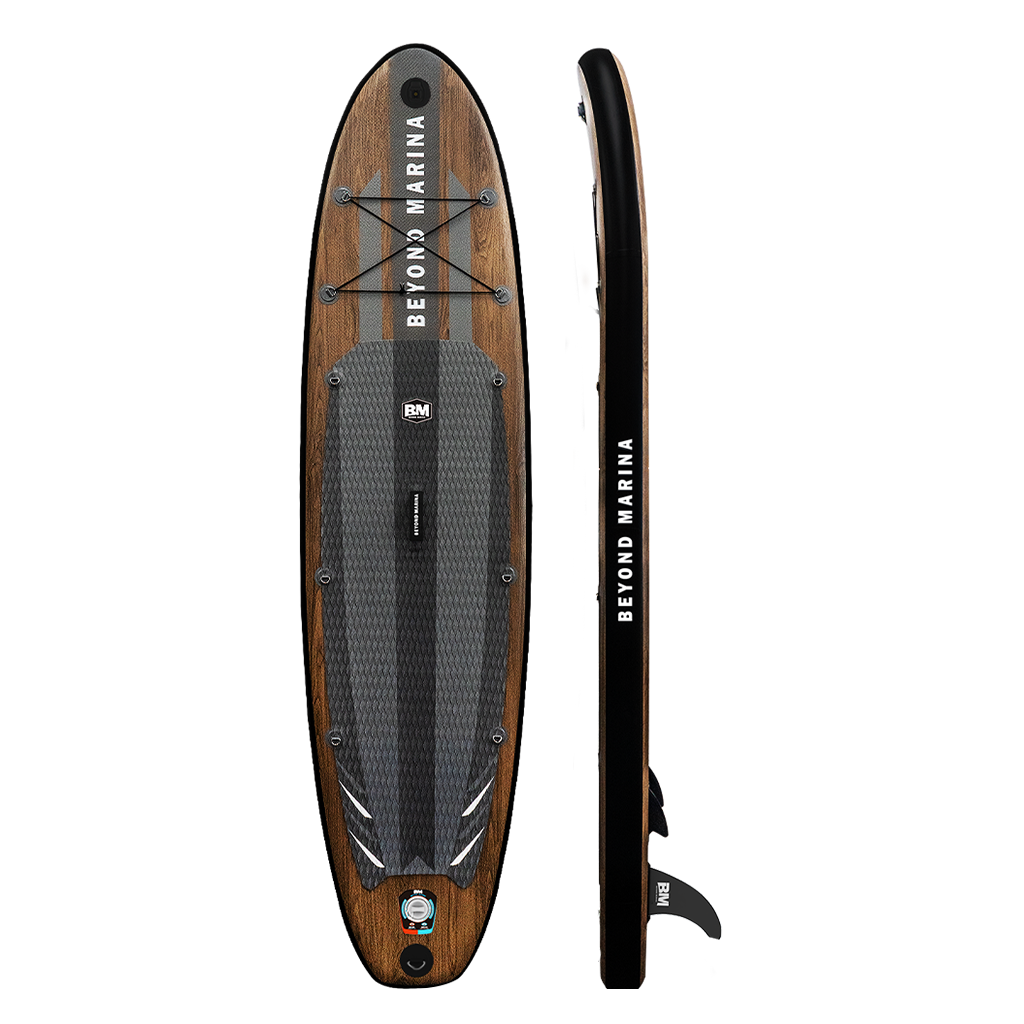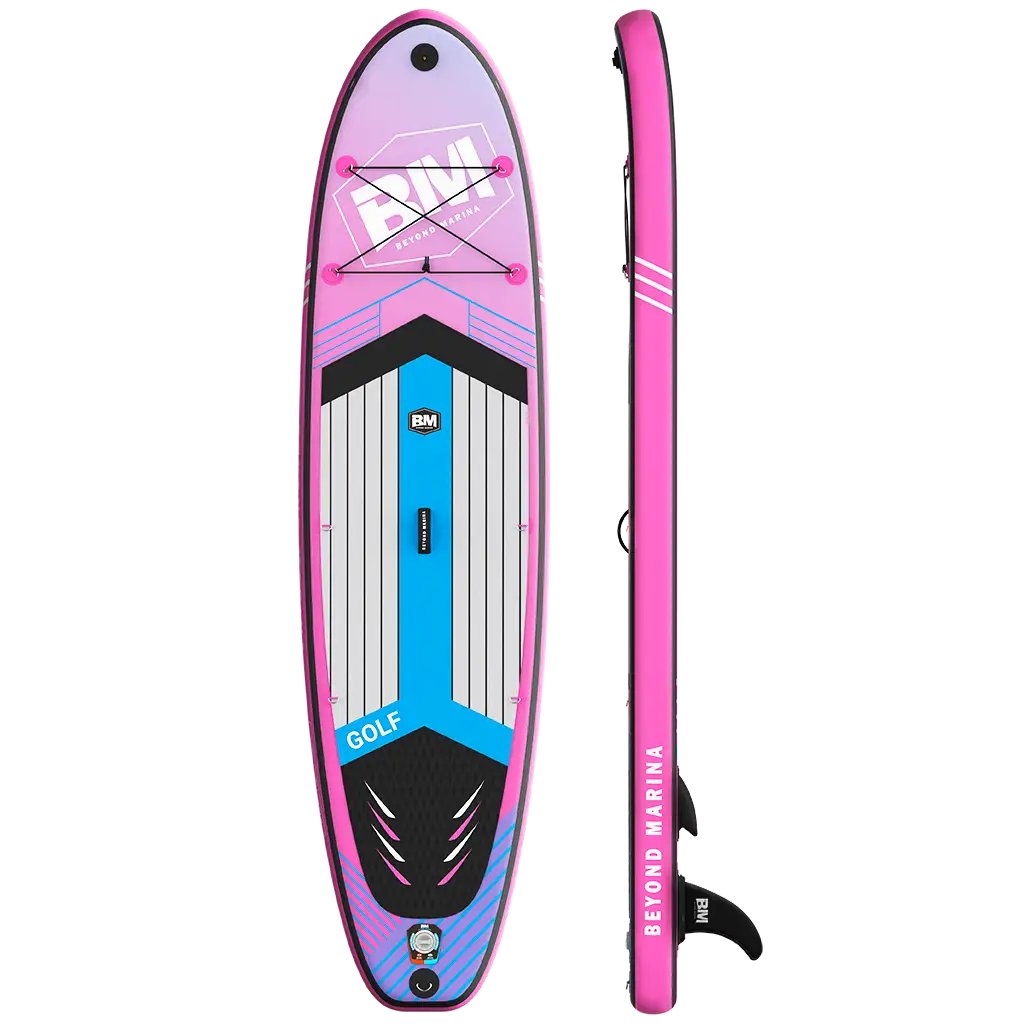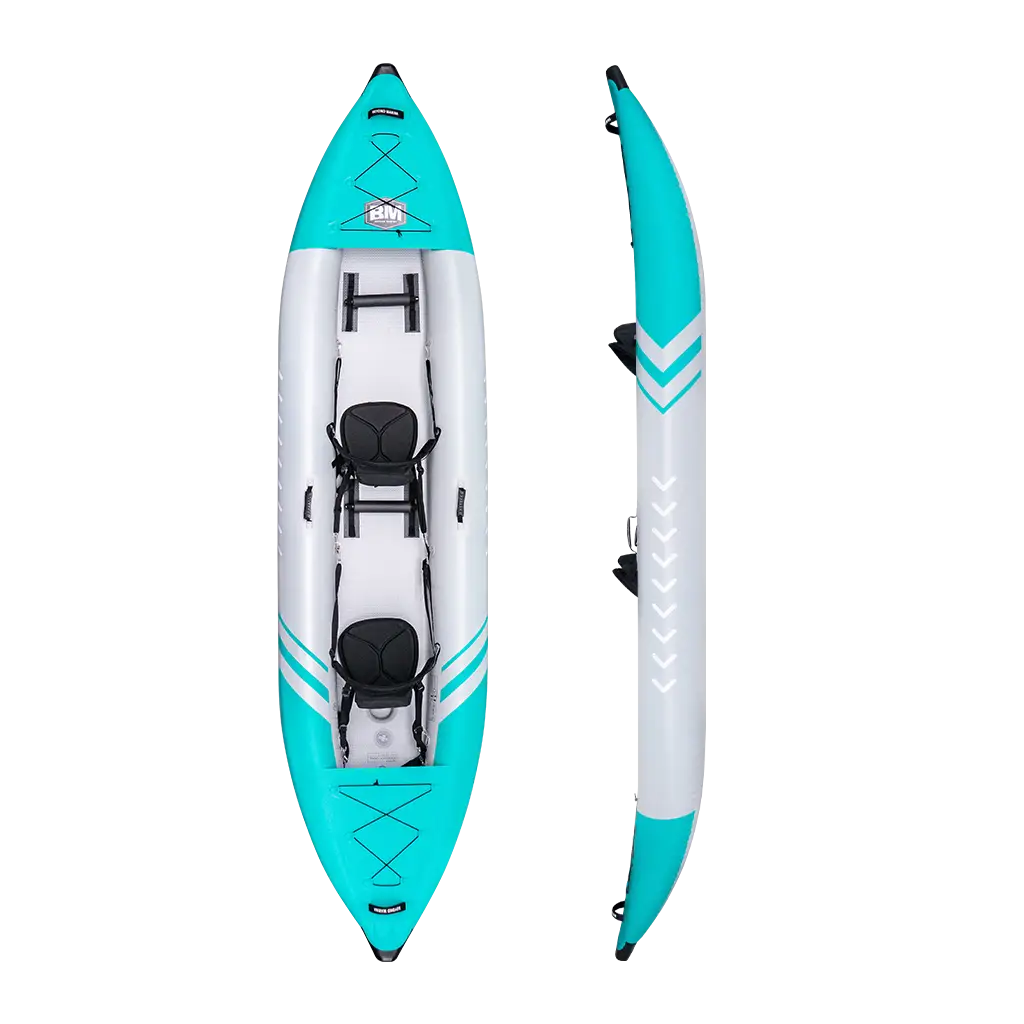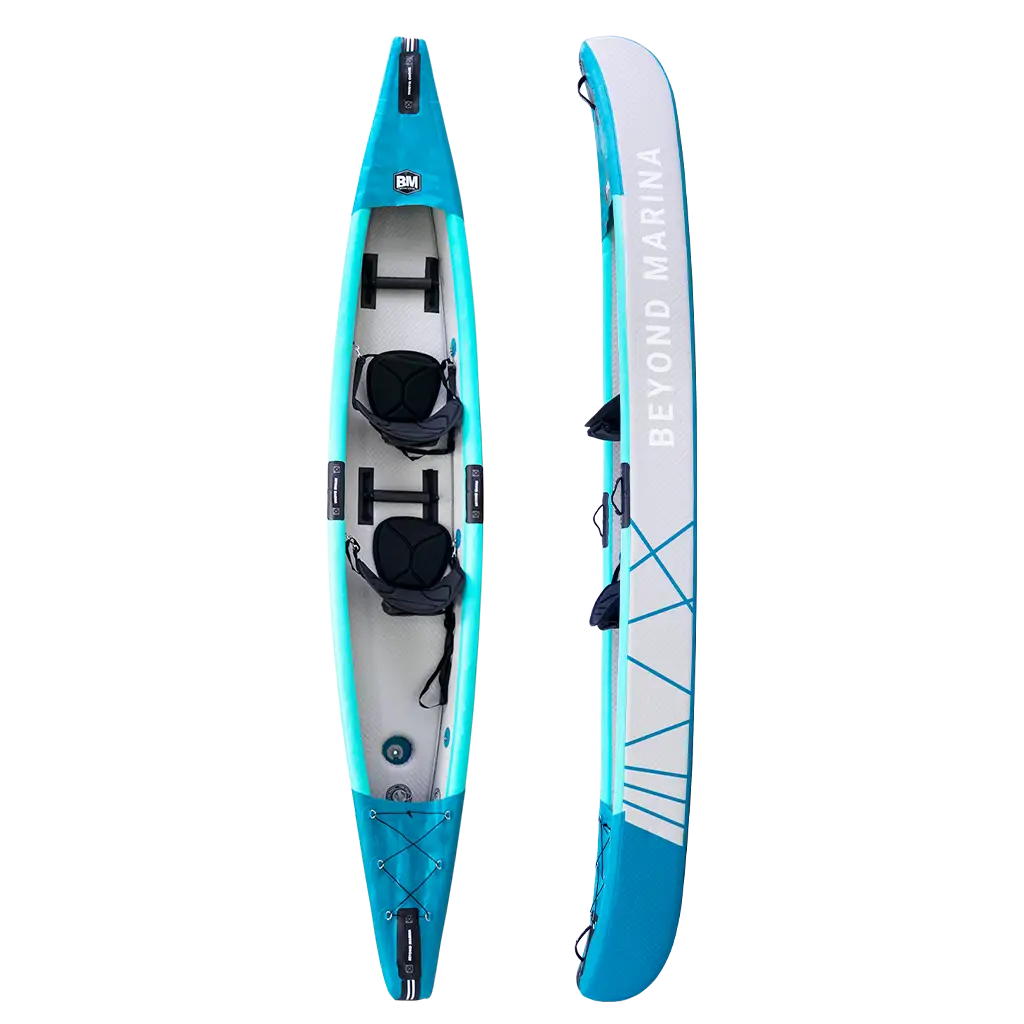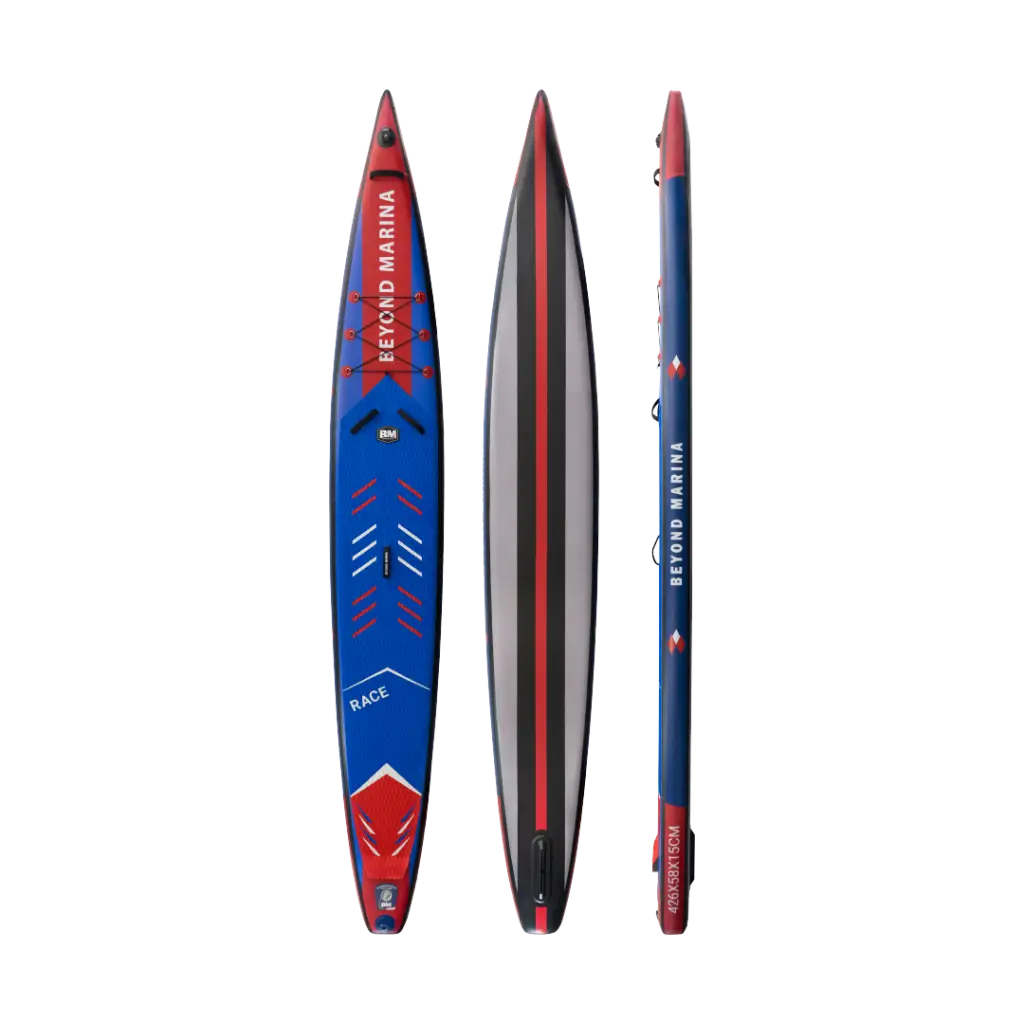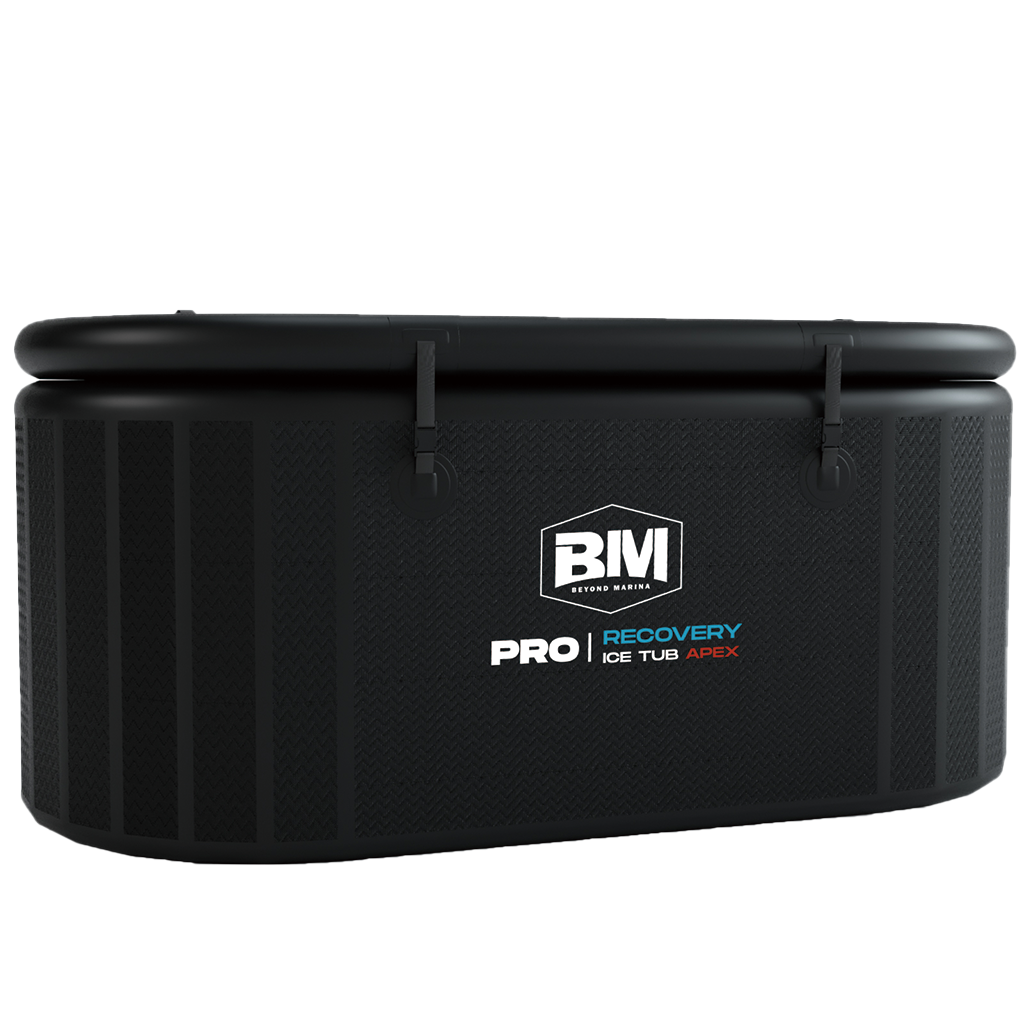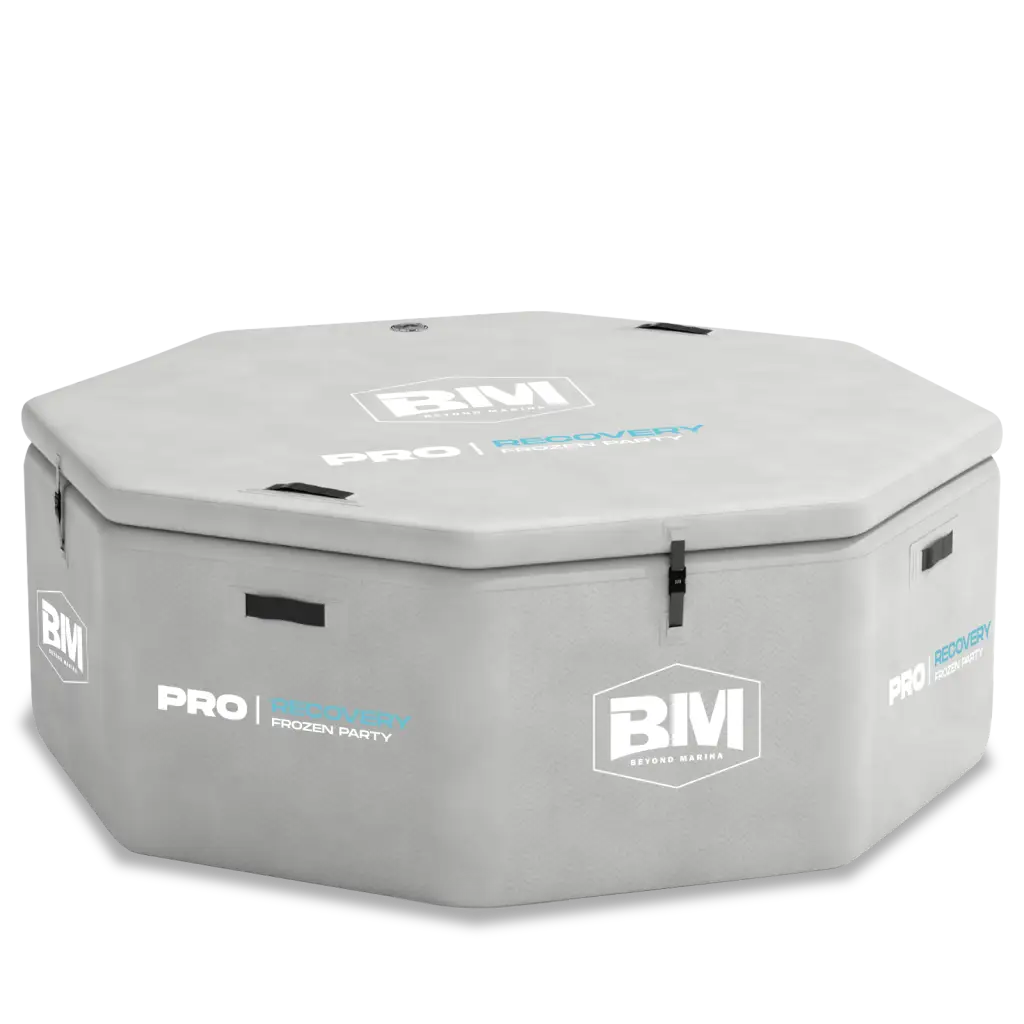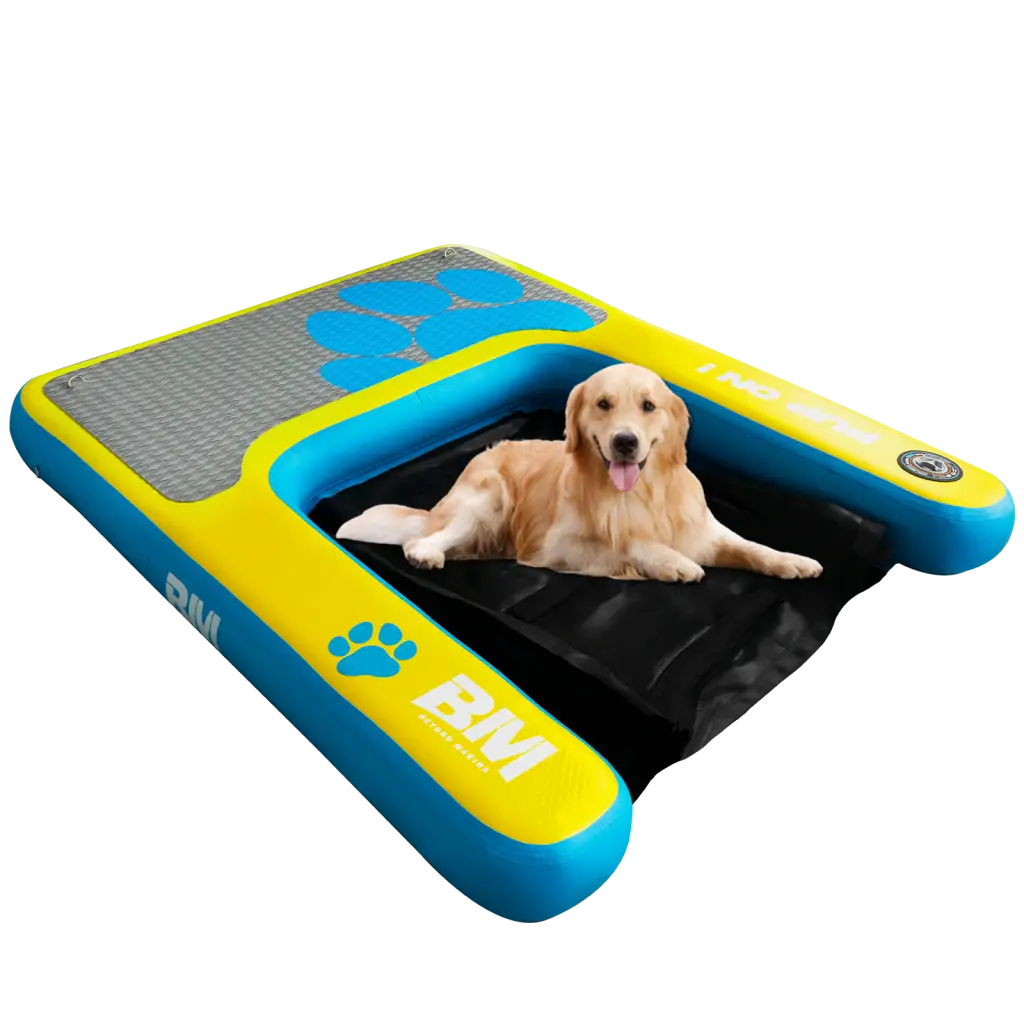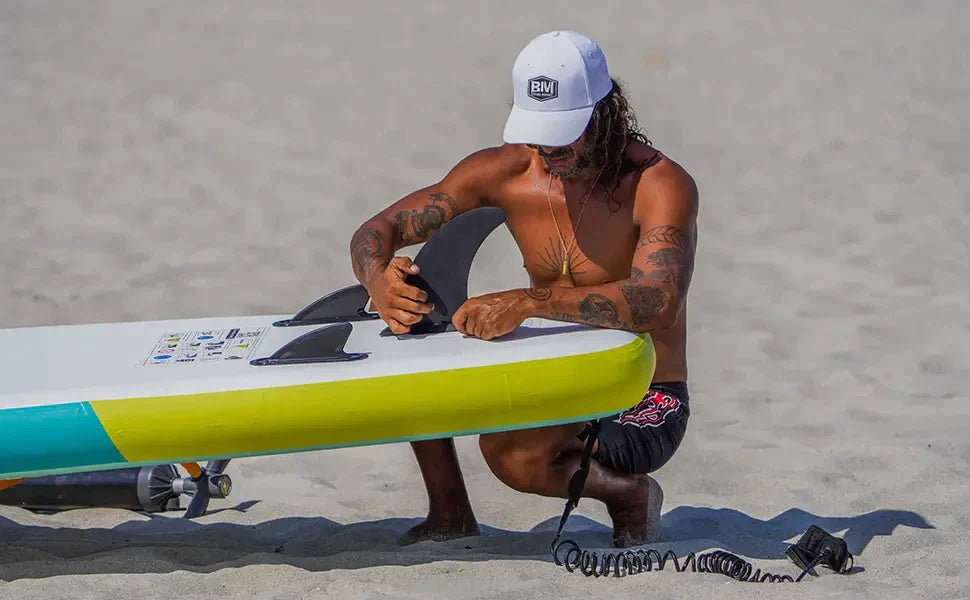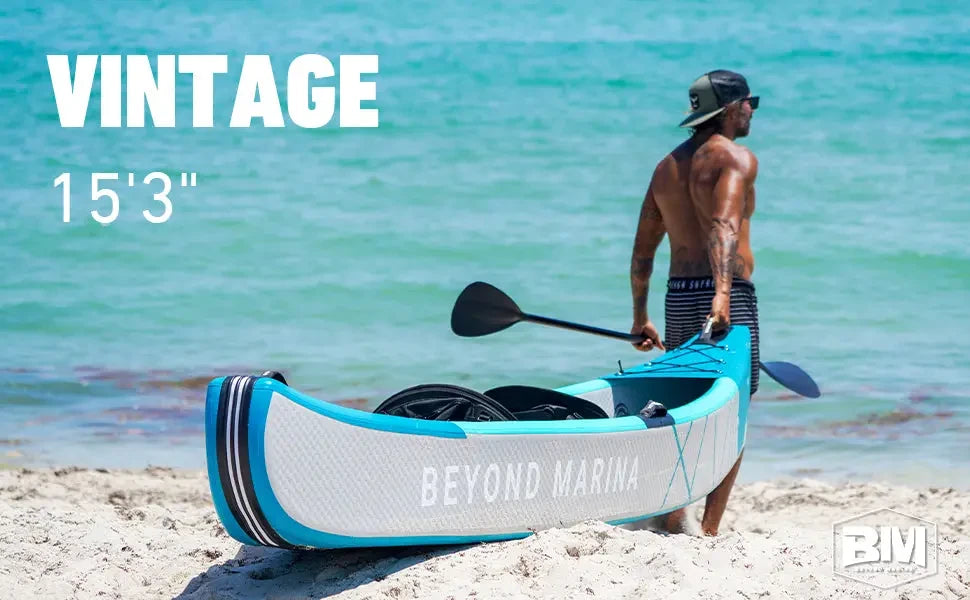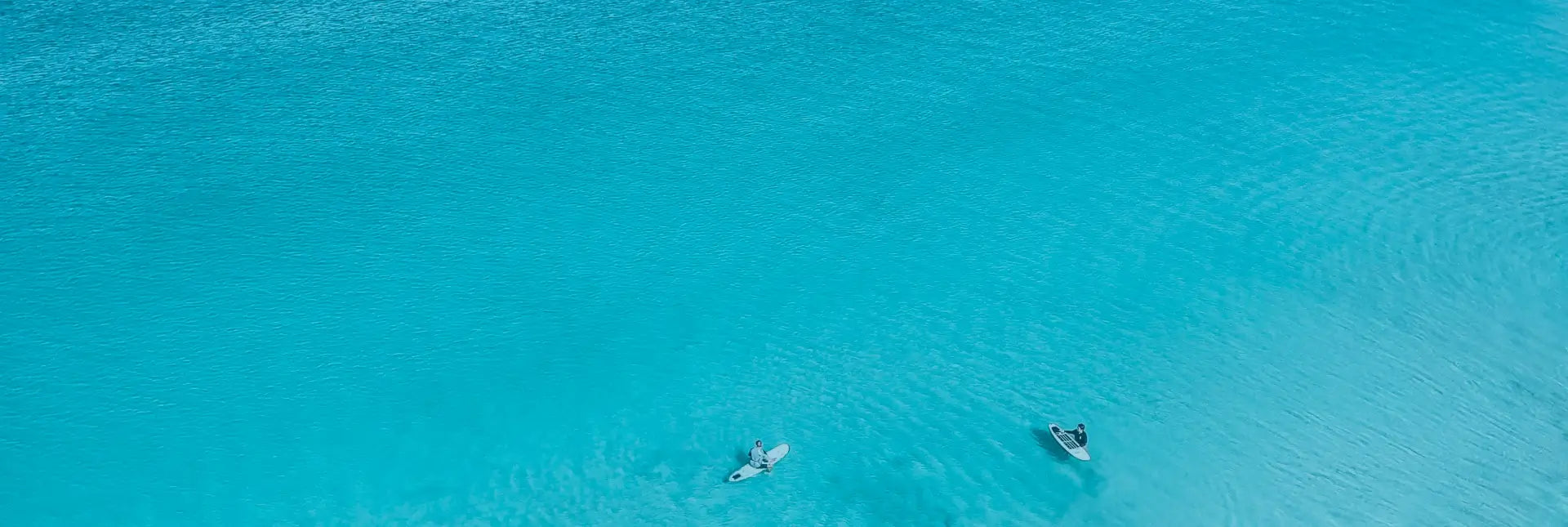Introduction:
As an avid paddleboard enthusiast, you're probably already familiar with the different types of boards available. But have you ever delved into the diverse world of tail fins? Today, Beyond Marina's "BM Classroom" provides insight into tail fin classifications and sheds light on their distinctive features.
What is a "Tail Fin"?
Typically mounted underneath a paddleboard, a tail fin plays an important role in changing the direction of the board. It increases water control and stability, allowing for improved maneuverability.
Tail Fin Configurations:
Tail fins can be installed in a variety of ways, with the number of fins depending on the type of paddleboard.
-
Single Fin:
With a large center fin, the single fin configuration offers a smooth and natural surfing experience. However, the increased control comes at the expense of performance. It is more challenging for beginners and recommended for skilled riders looking for a dynamic surfing experience. -
Twin Fins:
Consisting of two fins split on either side of the tail, twin fins significantly improve turning performance. They are suitable for responsive, fish-shaped boards, but may sacrifice some stability. Twin fins are recommended for experienced riders. -
Thruster (Three Fins):
The thruster setup comes in two variations: three small fins or one large center fin paired with two smaller side fins. Thruster fins combine the maneuverability of a single fin with the turning capability of twin fins, providing impressive performance across most wave conditions. It is undoubtedly the ideal choice for beginners. Beyond Marina's versatile All-roundSUP adopts this highly stable thruster setup, making it suitable for beginners as well. -
Quad Fins/Five Fins:
These configurations are less common on the market. Quad fins excel at turning but can compromise straight-line stability. Five fins are more suitable for advanced riders, allowing them to adjust the number of fins based on wave conditions.
Distinguishing Fin Characteristics:
Tracking: The ability to maintain a straight course while in motion.
Flexibility: Improved tracking may result in reduced flexibility and turning ability.
Stability: The initial lateral stability of the board.
Planning: The speed achieved by the board.
Choosing the Perfect Fin:
In addition to the number of fins, several factors, including size, shape, and material, affect fin performance. Consider the following when choosing your fin:
-
Size:
Larger fins provide more stability, while smaller fins are better for maneuverability and turning. Beginners are advised to choose larger tail fins. -
Angle:
Narrow-angle fins facilitate tighter turns by reducing drag. Conversely, wider-angle fins are better for wider turns. -
Material:
The material of the fin affects its hardness. Carbon fiber, fiberglass, and plastic fins are commonly available.
- Carbon fiber fins exhibit the highest rigidity, and lightweight construction, and come with a higher price tag, often used in competitive racing.
- Fiberglass fins offer excellent stiffness with a touch of flexibility, ensuring durability and a certain level of rebound.
- Plastic fins are more cost-effective and durable but tend to be relatively heavier.
Conclusion:
Although a tail fin may seem like a minor accessory on a surfboard, it plays a crucial role in flexibility, stability, and speed. Armed with a deeper understanding of tail fins, you can confidently choose the one that best suits your needs. Consider factors such as size, angle, and material to find the perfect tail fin for your paddleboarding adventures. Experience optimal performance with Beyond Marina's carefully selected tail fins!
